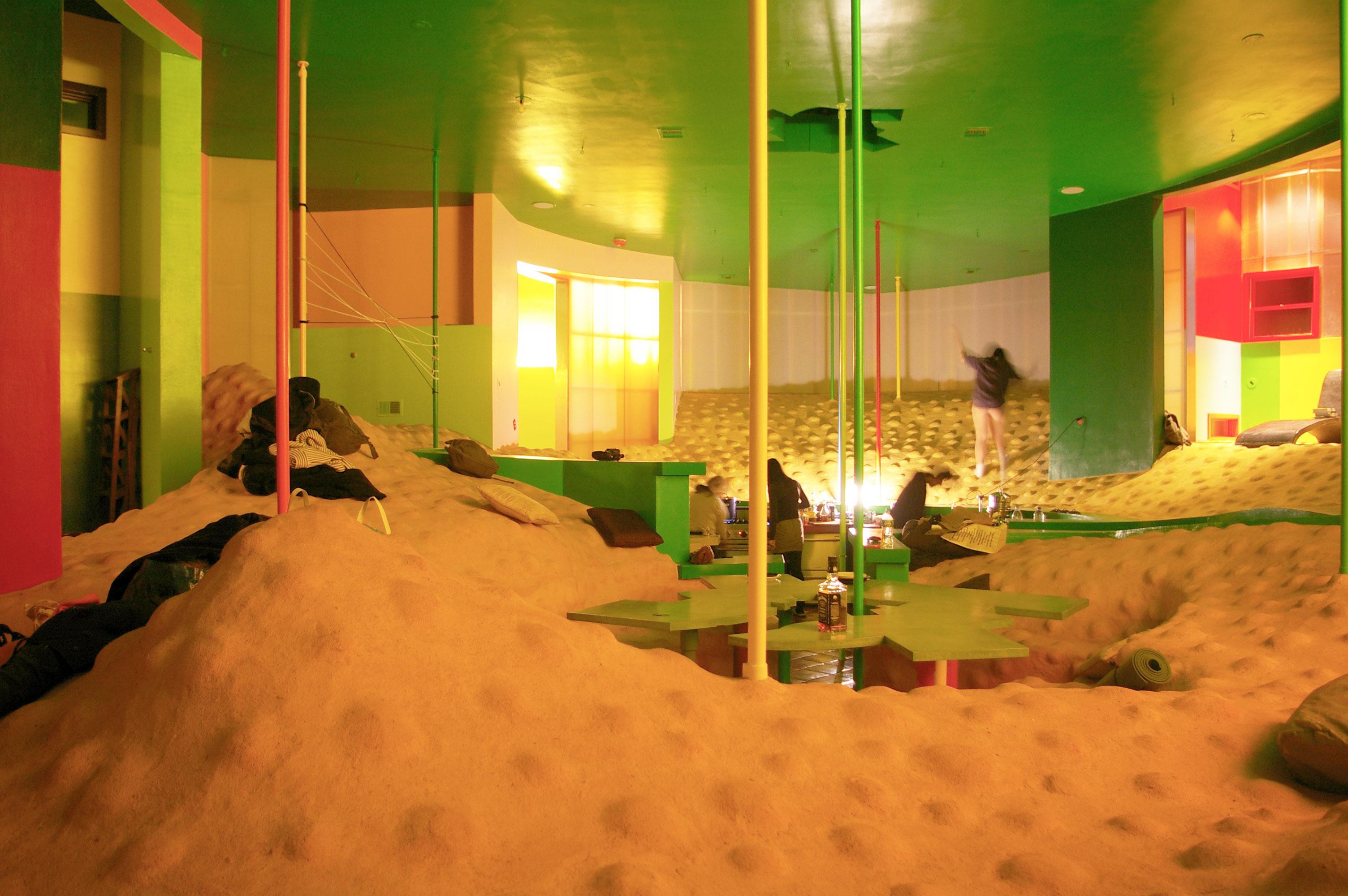Notes
1
Momoyo Homma, “'We Have Decided Not to Die': The Work of Arakawa and Madeline Gins,” October 30, 2014, in The Funambulist, produced by Léopold Lambert, podcast, 54:52, ➝.
© 2019 e-flux and the author
